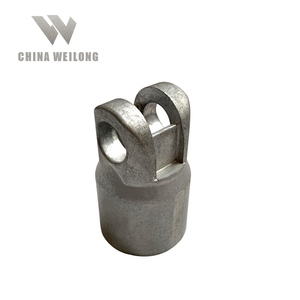-
 Retrouver dansMembres
Retrouver dansMembres Retrouver dansVidéos
Retrouver dansVidéos Retrouver dansChaînes
Retrouver dansChaînes
This website uses cookies to ensure you get the best experience on our website.
To learn more about our privacy policy Cliquez iciPréférence de confidentialité
- Mots clés - #Lead Die Casting
-
- Dernière mise à jour 21 juillet 2020 0 commentaire , 334 vues, 0 comme
More from wei long
More in Politics
Related Blogs
What Is The Definition Of Flow Marks In Lead Die Casting
Corps
Definition of cold insulation: the surface of Lead Die Casting has obvious, irregular and sunken linear lines (penetrating and non-penetrating), with small and long shapes, some with smooth joint edges, which may develop under the action of external forces.
Causes of occurrence:
1. The two metal flows are butted with each other, but they are not completely fused and no inclusions exist between them, so the bonding force between the two metal flows is very weak.
2. The casting temperature or die casting die temperature is low.
3. Improper alloy selection and poor fluidity.
4. The casting position is wrong or the flow path is too long.
5. Low filling speed.
6. The injection ratio is low.
Definition of flow mark: There are stripes on the surface of lead die casting which are consistent with the flow direction of molten metal, and there are obvious non-directional lines which are different in color from the metal matrix, so there is no development trend.
Causes of occurrence:
1. The metal liquid entering the cavity first forms an extremely thin and incomplete metal layer, which is compensated by the later metal liquid and leaves traces.
2. The mold temperature is too low, and the mold temperature is uneven.
3. The cross-sectional area of the ingate is too small, and splashing is caused by improper position.
4. Insufficient pressure acting on molten metal.
5. Too much pattern and coating.
We are also a professional China Die Casting Factory, if necessary, please contact us.








commentaires